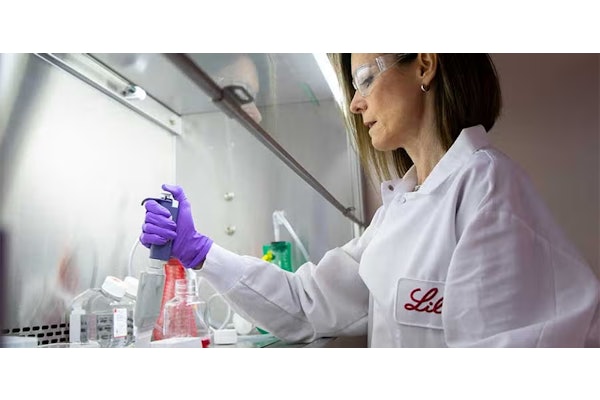Maintaining proper temperatures of sensitive biologicals and pharmaceuticals throughout the cold (refrigerated or frozen) distribution chain is a challenging responsibility.
Packaging materials help prevent these products from becoming ineffective or dangerous if they're exposed to temperatures outside of their intended temperature range. Exacerbating the challenge are all the hand offs that can occur throughout the chain from product manufacture to the time it reaches the patient.
Cold chain distribution challenges were discussed at the conference held Oct. 17-20 in Philadelphia, subtitled, "Best practices for optimizing packaging, transportation and storage of temperature-sensitive pharmaceutical products." Here are some observations from the event:
• Although the 2° C to 8° C (the temps in our refrigerators) is a common temperature range, several attendees and speakers noted that maintaining those temperatures is particularly challenging. Several suppliers offered containers designed specifically to transport products in that temperature range (see photo above and screens 8-10).
• New technologies are emerging as alternatives to traditional ice packs. They include NanoCool LLC's NanoCool system, where at the touch of a button, heat is transferred by evaporating small quantities of water at low pressure, creating a cooling effect. Another technology, from Aspen Aerogels, incorporates thin, flexible nanoporous aerogel insulation blankets to meet extreme thermal requirements.
• Carriers work hard to monitor and track temperature fluctuations in different areas within the truck or plane and sometimes say they've qualified or validated their vehicle. But some audience members questioned the temperatures of the actual products within the vehicle.
• Several speakers encouraged manufacturers to test day, night, seasonal temperatures, and humidity levels along their specific distribution chain. Often, packagers develop costly packaging materials to withstand "worst-case scenarios" that are rarely reached.
• Speakers also encouraged manufacturers to realize that during transit, containers may be placed on their side, upside down, and upright. When that happens, ice packs or other cooling packs will move around, causing unequal temperatures. Packaging materials need to be able to keep temperatures as consistent as possible.
--By Jim Butschli, Editor
Packaging materials help prevent these products from becoming ineffective or dangerous if they're exposed to temperatures outside of their intended temperature range. Exacerbating the challenge are all the hand offs that can occur throughout the chain from product manufacture to the time it reaches the patient.
Cold chain distribution challenges were discussed at the conference held Oct. 17-20 in Philadelphia, subtitled, "Best practices for optimizing packaging, transportation and storage of temperature-sensitive pharmaceutical products." Here are some observations from the event:
• Although the 2° C to 8° C (the temps in our refrigerators) is a common temperature range, several attendees and speakers noted that maintaining those temperatures is particularly challenging. Several suppliers offered containers designed specifically to transport products in that temperature range (see photo above and screens 8-10).
• New technologies are emerging as alternatives to traditional ice packs. They include NanoCool LLC's NanoCool system, where at the touch of a button, heat is transferred by evaporating small quantities of water at low pressure, creating a cooling effect. Another technology, from Aspen Aerogels, incorporates thin, flexible nanoporous aerogel insulation blankets to meet extreme thermal requirements.
• Carriers work hard to monitor and track temperature fluctuations in different areas within the truck or plane and sometimes say they've qualified or validated their vehicle. But some audience members questioned the temperatures of the actual products within the vehicle.
• Several speakers encouraged manufacturers to test day, night, seasonal temperatures, and humidity levels along their specific distribution chain. Often, packagers develop costly packaging materials to withstand "worst-case scenarios" that are rarely reached.
• Speakers also encouraged manufacturers to realize that during transit, containers may be placed on their side, upside down, and upright. When that happens, ice packs or other cooling packs will move around, causing unequal temperatures. Packaging materials need to be able to keep temperatures as consistent as possible.
--By Jim Butschli, Editor


















